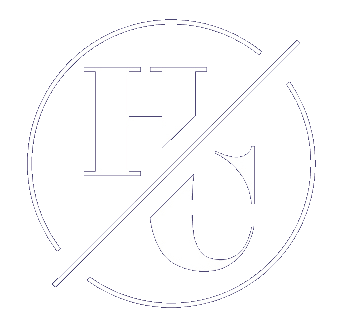As winter descended on the crypto world, global markets were also presented with some pleasant surprises which lifted equity prices.
The biggest came back from China, in the form of a roll-back of COVID curbs, a joint policy document from the PBoC and CBIRC on easing property credit policies, and a revival of the PBoC’s so-called “Three Arrows” program. “Three Arrows” was first introduced in late 2018 to help private companies raise capital. Its comeback fuels optimism that the last remaining economy is finally heading for normalcy in the business world and daily lives.
China’s reopening is a shot in the arm for economies around the world. It would feed tourists into tourism-starved markets, unclog supply chain bottlenecks, and lift manufacturing, on top of rejuvenating consumer confidence in the country.
We have turned bullish on China, and the Hong Kong market, which is heavily dominated by Chinese companies. In addition to reopening, 3Q earnings of internet companies such as Tencent, Alibaba, Kuaishou and Pinduoduo have all beaten expectations. Although the comparison base of 3Q2021 was weak, these companies turned in positive EBITDA, improved margins, and qoq revenue growth. They achieved this through greater cost discipline and a shift in focus to profitability and cash flow, as they navigated regulatory restrictions. The pressure may have eased with recent official approval for the launch of new games.
US midterm elections delivered a divided government. The Republicans hold a slim majority in the House; ditto for the Democrats in the Senate. While there will be limited scope for fiscal stimuli till 2024, we think this would at least tone down the rhetoric and tensions between the US and China. If recession were to hit, an absence of fiscal support could hopefully compel the Fed to act and cut rates.
3Q earnings highlighted weaker margins for selected companies, which could not pass on higher input costs. Many in the tech sector also held back on their 4Q guidance, citing a hazy demand outlook. House prices are falling. Reduced job openings and real income contractions could force households to further scale back on spending. We see a short-lived contraction in the US economy by 2Q2023.
The fading impact of reopening and inflationary pressure also slowed eurozone manufacturing PMI to 47.3 in November. This indicated falling factory activity. But EU energy woes have at least taken a breather, thanks to warmer weather and softer crude prices. This reduces the risk of energy rationing, which would be devastating for industrial production.
Germany concluded a 15-year agreement with QatarEnergy and ConocoPhillips to import liquefied natural gas from 2026. This leads us to believe that the EU could face a mild recession in the next two quarters, as it adjusts to a substitution of Russian energy supply.
Separately, Sinopec sealed a US$60b 27-year gas supply deal with Qatar to ensure China’s energy security. The quest for energy security will benefit not only the energy companies, but also shipyards with an edge in LNG carriers and FPSOs.
Assuming no escalation in the Ukraine war and/or COVID unrest in China, we see firmer equity markets as the year draws to a close, led by an uplift in Chinese output and consumption. We see peak inflation in 1Q2023 (especially for Singapore, as the 1% GST rate hike kicks in from Jan 2023). We would take positions in Chinese internet plays and reopening themes. We also like consumer staples, as staple prices are unlikely to drop even when inflation eases. Margins could expand as input prices decline.
Thank you for reading!
We wish you a wonderful Christmas and bountiful 2023.
Yours sincerely,
Peggy Mak

